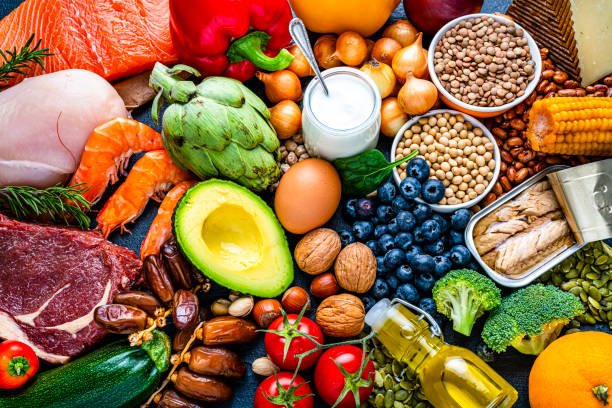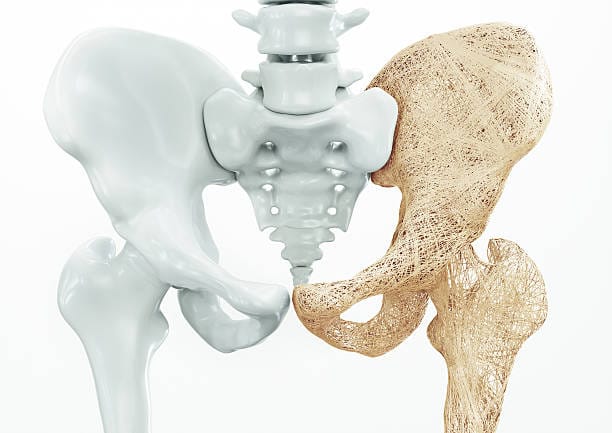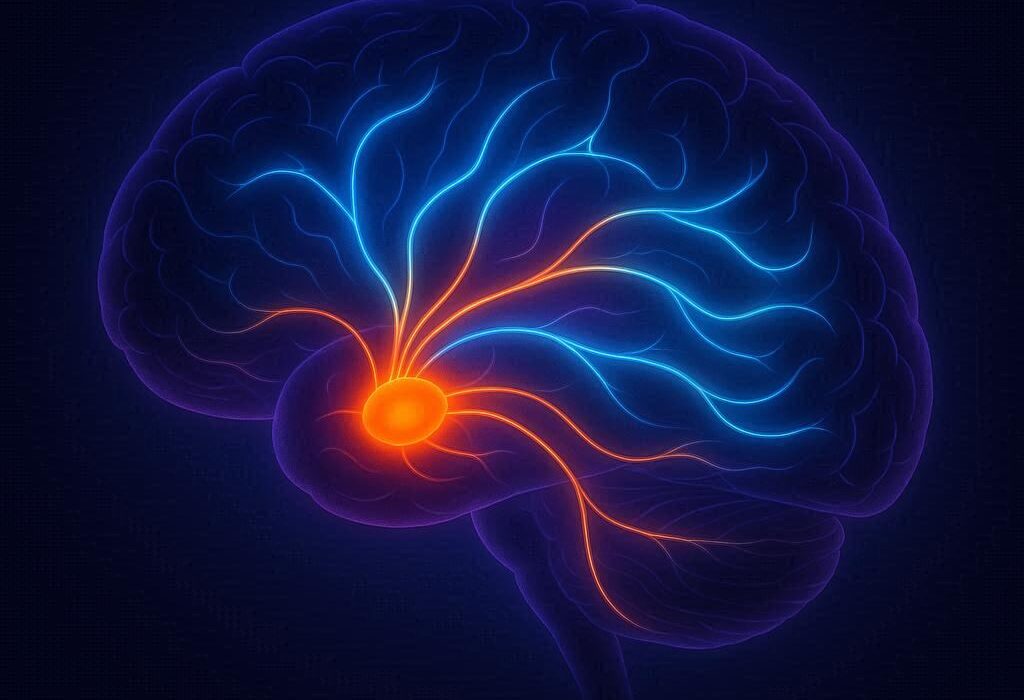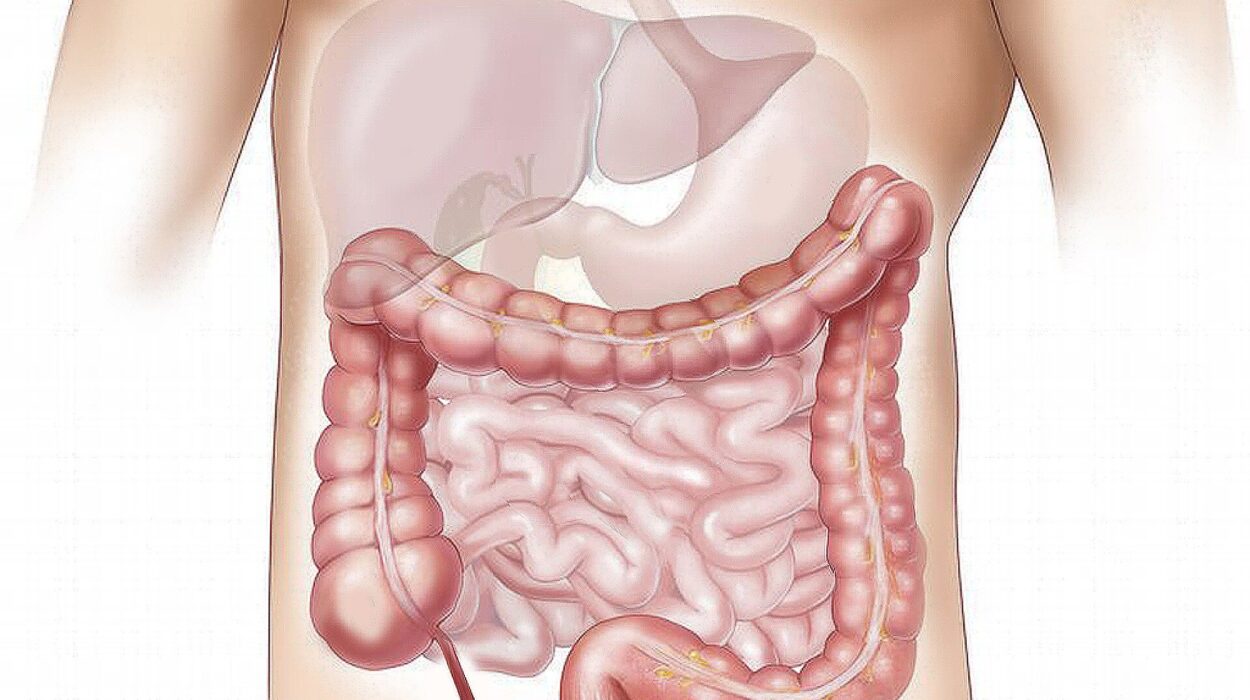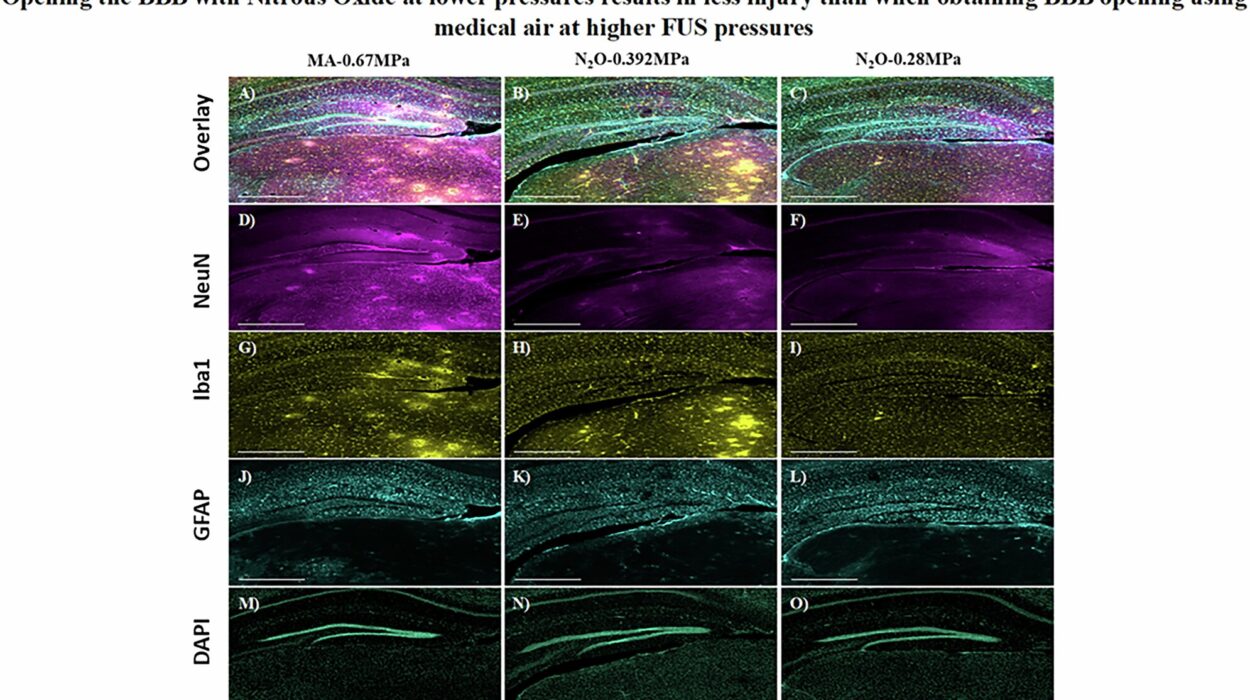Every time you sit down to eat—whether it’s a quick breakfast sandwich, a steaming plate of rice and curry, or a midnight snack you promised yourself you wouldn’t have—your body is making decisions behind the scenes. It’s deciding what to absorb, where to send those nutrients, how to use that energy, and what to store for later (yes, that includes love handles).
But the burning question remains: are you giving your body what it truly needs? You’ve likely heard the phrase “balanced diet” tossed around by doctors, fitness influencers, food bloggers, and your concerned aunt who just discovered quinoa. But what exactly is a balanced diet? Is it counting calories? Is it avoiding fat? Is it only eating salads?
Spoiler alert: it’s none of those things. A balanced diet is both simpler and more sophisticated than you think. It’s not about restriction or perfection—it’s about proportion, variety, and tuning in to what your body truly needs to function optimally. Let’s dig deep into the simple science of eating right, and along the way, we’ll break some myths, uncover fascinating facts, and maybe even rekindle your love affair with your kitchen.
The Body’s Blueprint: Why Nutrition Matters
Your body is an incredible biological machine. From the moment you’re born, it grows, heals, adapts, and survives—all through chemical reactions fueled by nutrients. Food is not just fuel; it’s information. The vitamins you take in, the proteins you digest, the fats you absorb—all of it tells your body how to behave.
Think of your body as a city. The brain is city hall, the heart is the power plant, the liver is the recycling center, your muscles are the transportation network, and the immune system is the security force. Food is what keeps this city running smoothly. Give it the right supplies and the city thrives. Starve it or feed it junk, and things fall apart—roads crack, power shortages hit, and the security force starts letting invaders in.
This is where a balanced diet becomes crucial. It ensures that every part of the system gets the nutrients it needs to do its job effectively and in harmony with everything else.
The Pillars of a Balanced Diet
The term “balanced diet” refers to a nutritional approach that includes a variety of different foods in the right proportions to provide the essential nutrients your body needs. These include carbohydrates, proteins, fats, vitamins, minerals, and water. Each plays a distinct role, and none can be entirely replaced by another.
Let’s take a closer look at the primary components:
Carbohydrates: The Primary Fuel
Carbohydrates are your body’s favorite energy source. When you eat bread, pasta, fruits, vegetables, or rice, your body converts the carbohydrates into glucose, which powers everything from muscle movement to brain function.
However, not all carbs are created equal. Refined sugars and processed grains (like white bread and candy) can cause rapid spikes in blood sugar followed by crashes that leave you tired and hungry. Complex carbohydrates—like those in whole grains, legumes, fruits, and vegetables—are digested more slowly, providing a steadier stream of energy and longer-lasting fullness.
Carbs are not the enemy. They’re the foundation of a balanced diet when chosen wisely.
Proteins: The Body’s Building Blocks
Proteins are essential for growth, repair, and maintenance of tissues. Every cell in your body contains protein. Whether it’s your muscles, skin, hair, or organs, protein is involved in building and sustaining it.
When you eat protein-rich foods—meat, fish, dairy, legumes, nuts, or soy—your body breaks them down into amino acids. These are then reassembled to form new proteins your body needs to function.
Some amino acids are “essential,” meaning your body can’t produce them and must get them from food. This is why getting high-quality protein sources is so important.
Fats: The Misunderstood Nutrient
Fat has a bad reputation, thanks to decades of diet culture, but the truth is that your body needs fat just as much as it needs carbs or protein. Fats help absorb certain vitamins (like A, D, E, and K), insulate your body, protect your organs, and provide a dense source of energy.
There are different types of fats—some good, some not so much. Unsaturated fats (found in nuts, seeds, avocados, and fish) are beneficial and even protective against heart disease. Saturated fats (found in butter, red meat, and cheese) are okay in moderation. Trans fats (found in some processed foods and margarine) should be avoided as much as possible.
The key is not to cut fat out of your diet, but to choose the right kinds in the right amounts.
Vitamins and Minerals: The Micronutrient Magic
Micronutrients may be small in quantity, but their impact is massive. Vitamins like C, B12, and D, and minerals like iron, calcium, and zinc, serve critical roles in your body’s operations.
Vitamin C boosts your immune system. Calcium strengthens bones. Iron carries oxygen in your blood. Magnesium supports muscle function. These micronutrients don’t provide energy themselves, but they make sure the systems that generate and use energy are working correctly.
A deficiency in any of them can cause health problems ranging from fatigue to anemia to osteoporosis. And the best way to ensure you get a wide array of them? Eat a wide variety of colorful fruits and vegetables.
Water: The Forgotten Nutrient
Water doesn’t get the spotlight it deserves, but it’s absolutely vital. Every system in your body depends on it. Water regulates temperature, transports nutrients, removes waste, and lubricates joints.
Mild dehydration can cause headaches, fatigue, and difficulty concentrating. Severe dehydration can be life-threatening. While individual water needs vary, a good general rule is to drink when you’re thirsty and ensure your urine is pale yellow.
Proportion, Not Perfection
One of the biggest misunderstandings about a balanced diet is the belief that it means eating the “perfect” meal every time. In reality, balance happens over time—not in every bite. It’s about the overall pattern of your eating, not a single food or meal.
A balanced diet includes a mix of different foods that complement each other. You don’t have to eat everything at every meal, but your overall daily or weekly intake should include all the essential nutrients.
Imagine your diet as a pie chart. About half should come from fruits and vegetables, a quarter from whole grains, and a quarter from lean protein, with healthy fats sprinkled in. That’s the general shape of a balanced diet. It’s flexible, adaptable, and forgiving.
Cultural and Personal Flexibility
The beauty of a balanced diet is that it doesn’t have to look the same for everyone. A balanced meal in Italy might feature olive oil, pasta, and tomatoes. In Japan, it might include rice, fish, and seaweed. In Bangladesh, it could be lentils, rice, and leafy greens.
The core principles remain consistent—variety, proportion, and moderation—but the execution can be deeply personal and culturally rich. That means you don’t have to abandon your traditional foods or adopt a trendy diet from halfway around the world. You just need to structure your meals in a way that brings both joy and nourishment.
The Psychology of Eating Right
Eating isn’t just a physical act—it’s an emotional and psychological experience. Stress, boredom, habits, and social pressure all influence our food choices.
Emotional eating is one of the most common barriers to a balanced diet. We often turn to food for comfort or distraction. While occasional indulgence is perfectly normal, chronic emotional eating can lead to poor health outcomes and guilt.
Mindful eating—being present with your food, eating slowly, savoring flavors, and listening to your body’s hunger and fullness cues—can help you make more conscious and satisfying choices.
Balanced eating also means finding balance between nutrition and enjoyment. Food is not just medicine; it’s also culture, celebration, and connection.
The Myth of Superfoods and Diet Trends
Modern marketing has made “superfoods” a household term, and every few months a new miracle ingredient is crowned king—chia seeds, kale, goji berries, or quinoa. While these foods are indeed nutritious, the idea that any single food can provide all you need is a myth.
The same goes for popular diets—keto, paleo, vegan, intermittent fasting. While many have valid scientific foundations, none is a one-size-fits-all solution. Some people thrive on high-fat diets; others do best with more carbs. The success of any diet depends on individual needs, preferences, and sustainability.
What’s more important than following a trend is following your body. Are you energized after eating? Do you feel satisfied? Are you getting sick often? These are the real indicators of how balanced your diet is.
Common Pitfalls and How to Avoid Them
Even with the best intentions, people often fall into traps that sabotage a balanced diet. One common mistake is skipping meals, especially breakfast, which can lead to overeating later. Another is relying too heavily on supplements instead of whole foods. Supplements can be useful, but they should complement, not replace, a nutrient-rich diet.
Portion distortion is another challenge. Restaurant servings have ballooned over the years, skewing our perception of how much we need to eat. Learning what appropriate portion sizes look like can help restore balance.
Finally, people often fall into the “all or nothing” mindset. One indulgent meal is not a failure. Balance means allowing for flexibility and forgiving yourself. Food should nourish your body, not punish your spirit.
How to Build a Balanced Plate
Creating a balanced meal doesn’t require a nutrition degree. Just remember the following rule of thumb for your plate:
Fill half your plate with fruits and vegetables. These provide fiber, vitamins, antioxidants, and hydration.
Fill one-quarter with lean proteins such as fish, beans, chicken, tofu, or eggs. These support muscle and cellular repair.
Fill one-quarter with whole grains like brown rice, oats, or whole wheat bread. These offer sustained energy.
Add a small portion of healthy fat—avocado, olive oil, nuts, or seeds.
Don’t forget a glass of water or a cup of herbal tea. This simple framework makes it easy to eat well at any meal.
Balanced Diet for Different Life Stages
Your nutritional needs evolve as you age. Children need more calcium and vitamin D for growing bones. Teens may require extra protein and iron. Pregnant women need more folate and omega-3s. Older adults may need more vitamin B12 and less sodium.
Understanding these shifts can help tailor a balanced diet to fit your life stage. The fundamentals remain the same, but the proportions and priorities adjust to support your changing body.
Final Thoughts: The Art of Eating Well
A balanced diet isn’t a rigid rulebook or a fad—it’s a flexible, life-enhancing approach to food. It respects your body, your culture, your tastes, and your needs. It adapts, grows, and evolves with you.
The science behind eating right is surprisingly simple: give your body what it needs, in the right proportions, from a variety of sources. Listen to your hunger cues. Enjoy your meals. Embrace color, texture, and flavor. And most of all, be kind to yourself in the process.
In a world full of dietary noise and nutritional chaos, a balanced diet is the quiet wisdom that stands the test of time. Not because it’s perfect, but because it’s human. Just like you.
